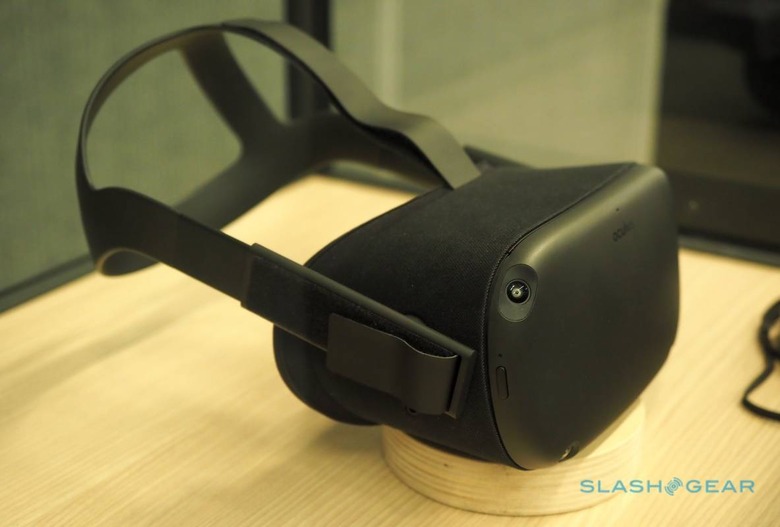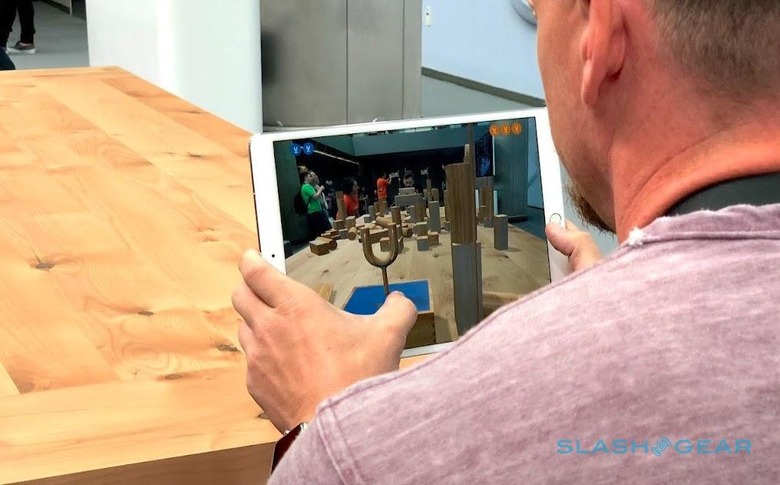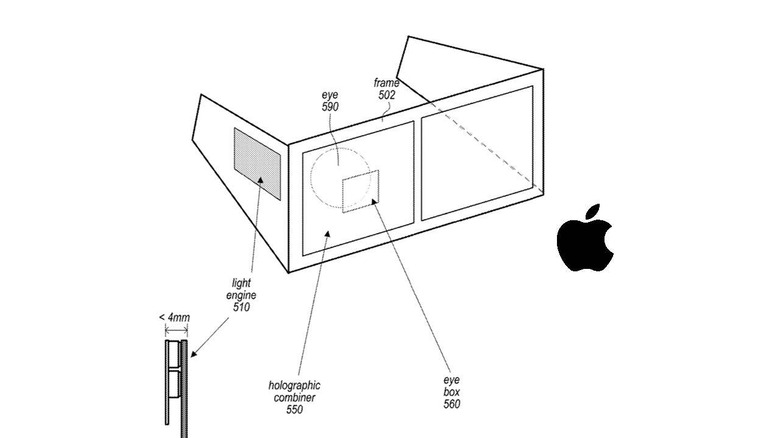You'll Apparently Have Jony Ive To Thank - Or Blame - For Apple's Smart Glasses Gamble
Former Apple design chief Jony Ive hit reset on the company's first AR and VR headset project, according to a new report, pushing for a controversial design that traded some performance in favor of portability. Though the Apple smart glasses aren't expected to be launched for another couple of years at least, previous leaks have described a number of different approaches within the Cupertino firm as it readies commercial devices.
One of the earlier suggestions, for example, was a wirelessly-tethered headset. Back in 2018, rumors of a prototype which paired a headset that connected – wirelessly rather than with a cable – to a nearby unit circulated, allowing for processing to be carried out off-device. That, it was suggested, would allow for maximum graphics quality but without placing all of the power demands on the headset itself.
Other reports, however, have indicated a lighter, more conservative approach to the smart glasses. In that telling, the wearable would be powered not by a "Mac Pro mini" of sorts, but instead from a user's iPhone. Again, the focus would be on making the headset portion as light and power-frugal as possible.

Now, some of the potential reasons for those mixed suggestions have been revealed. Apple, according to leaks to Bloomberg, was indeed working on a high-power virtual reality and augmented reality system. Internally known as N301, it was the handiwork of the so-called Technology Development Group, effectively a dedicated subdivision within Apple tasked with VR and AR development.
That team is run by Mike Rockwell, and currently numbers around 1,000 engineers. Despite relative autonomy, however, the division still found itself butting heads with Jony Ive when, in 2018, he was still Chief Design Officer at Apple. Ive, it's suggested, didn't agree with N301's wireless tether approach to AR and VR.
His preference was for a standalone headset, admittedly less powerful but fully self-contained. Rockwell disagreed, arguing that potency was key in the segment. Eventually, according to the insiders, Apple CEO Tim Cook waded in and settled in Ive's favor. The Chief Design Officer subsequently announced he was leaving the firm in mid-2019.

As per previous leaks, the reworked N301 is said to resemble a smaller Oculus Quest, and use "ultra-high-resolution screens" that promise near-lifelike visuals. Like Quest, it will carry its own processors and battery; Apple has added a "cinematic speaker system" it's reported, and use Siri for control. A physical remote has also been developed and is in testing, and N301 will have an App Store of its own for software. Apple has, in recent years, been courting developers building AR applications with various iterations of its ARKit toolkit for augmented reality.
The earlier leaks indicated Apple would use external cameras on N301 to map objects and obstacles in the room, so that they could be digitally represented within the headset. It's an approach we've seen described as "Mixed Reality" by some.
Beyond N301, though, is the product most people probably associate with the idea of Apple smart glasses. Internally codenamed N421, they apparently offer true augmented reality, packaged in something smaller and lighter. That may well be the source of recent rumors about iPhone-tethered digital eyewear that can discreetly beam things like messages, navigation instructions, and more into the wearer's line of sight.

Unsurprisingly, they're also further out from the market. The first Apple headset could make its public debut in 2021, it's suggested, though not actually see a commercial release until 2022. The full AR smart glasses, meanwhile, aren't likely to arrive until 2023 at the earliest.
Leaks in May mesh in some ways – though not entirely – with this new report. Then, a product said to be Apple Glass was tipped to resemble regular spectacles and – much in the way of the first-generation Apple Watch – rely on a nearby iPhone for most of their app processing. Despite that, they'd still have two transparent displays, one for each lens, and a version of the LIDAR camera used in the newest iPad Pro and expected to be added to at least some of Apple's 2020 iPhone range.
Most controversial was the leaked pricing in that report, which suggested Apple would start the glasses at $499 (plus the cost of any prescription lenses required). The description of the product sounds much more like the N421 being outlined today, though the timeline is more akin to that indicated for N301. That's a discrepancy we may not see cleared up until Apple actually announces each product.
